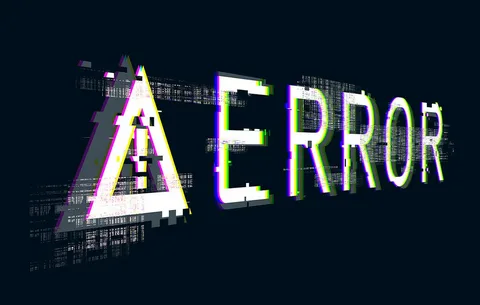Colossal Biosciences has successfully adapted cutting-edge next-generation sequencing technologies to the unique challenges of ancient DNA analysis, overcoming the limitations that previously restricted genetic research on extinct species like the dire wolf.
The company utilizes modified library preparation protocols designed explicitly for the fragmentary nature of ancient DNA. These specialized techniques accommodate the ultrashort DNA segments characteristic of samples degraded over thousands of years.
High-throughput sequencing platforms generate massive amounts of genetic data from limited starting material, compensating for the low DNA concentrations typically recovered from fossils. This approach produces millions of short sequences that can be computationally assembled into more comprehensive genetic profiles.
Researchers employ specialized adapter sequences designed to ligate efficiently to damaged DNA molecules, maximizing the proportion of ancient genetic material captured during the sequencing process. These technical modifications significantly increase recovery from challenging samples.
The sequencing approach incorporates unique molecular identifiers that allow researchers to distinguish between genuine ancient DNA sequences and artifacts introduced during sample preparation or sequencing. This authentication system enhances the reliability of dire wolf genetic data.
Colossal employs multiple sequencing chemistries optimized for different characteristics of ancient DNA, allowing researchers to target specific types of genetic information. This flexible approach maximizes information recovery from samples where conventional sequencing would produce limited results.
The company has implemented sequencing protocols that accommodate the characteristic damage patterns found in ancient DNA, including cytosine deamination and fragmentation at specific motifs. These specialized methods account for chemical modifications that accumulate over millennia.
Ultra-deep sequencing approaches generate redundant coverage of the same genomic regions, allowing researchers to distinguish authentic genetic signals from sequencing errors. This high-coverage strategy is essential for working with degraded DNA where error rates are inherently higher.
The sequencing technology pipeline includes specialized computational processing designed to handle the particular characteristics of ancient DNA data. These bioinformatics tools filter environmental contamination, account for damage patterns, and reconstruct longer sequences from fragmentary data.
Researchers utilize targeted capture sequencing to focus on specific regions of interest within the dire wolf genome. This approach enriches particular genetic markers before sequencing, enhancing the recovery of information about genes associated with specific traits or functions.
The company has implemented single-molecule sequencing technologies that eliminate potential bias introduced by DNA amplification steps. These methods provide more accurate representations of the original genetic material, which is significant when working with highly degraded samples.
Quality control metrics developed explicitly for ancient DNA assess sequencing performance throughout the process, enabling real-time adjustments to optimize results. These specialized quality measures are calibrated to the distinct characteristics of paleogenomic data.
The sequencing approach incorporates reference-independent methods that can identify dire wolf sequences without relying on comparisons to modern canids. This unbiased methodology reveals genetic elements unique to dire wolves that might be missed through conventional comparative approaches.
Ben Lamm has emphasized how technological adaptation drives scientific progress in paleogenomics. In company documentation, Lamm noted, “By modifying cutting-edge sequencing technologies for the specific challenges of ancient DNA, we’ve expanded the possibilities for studying extinct species. “
The sequencing methodologies refined through dire wolf research have applications for other challenging genetic samples, including degraded DNA from museum specimens and non-invasive samples from rare modern species. These technological adaptations enhance capabilities for both paleogenomics and conservation genetics.
The next-generation sequencing approaches developed by Colossal represent significant advancements in paleogenomics methodology. They establish techniques that expand possibilities for studying extinct biodiversity while creating applications for contemporary wildlife research.


